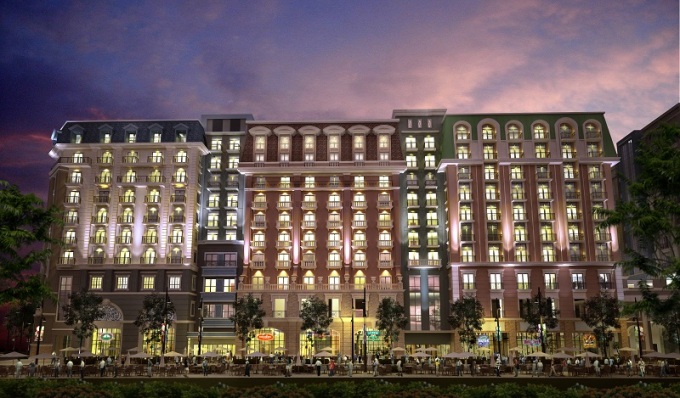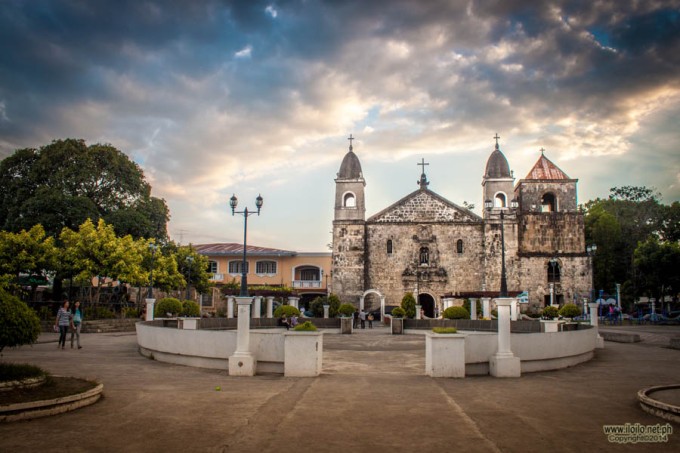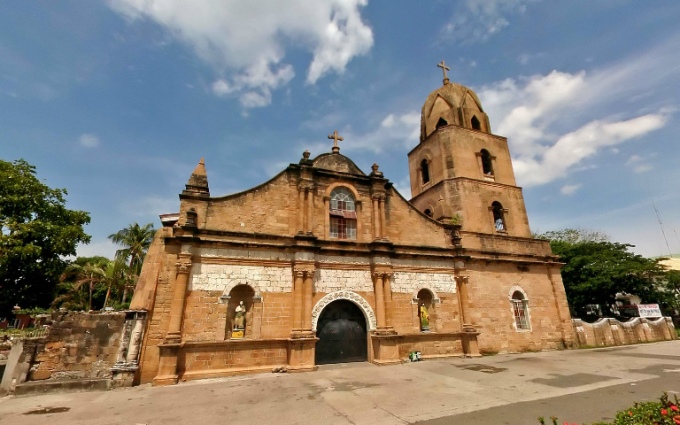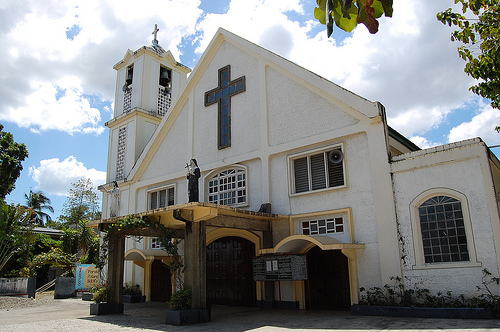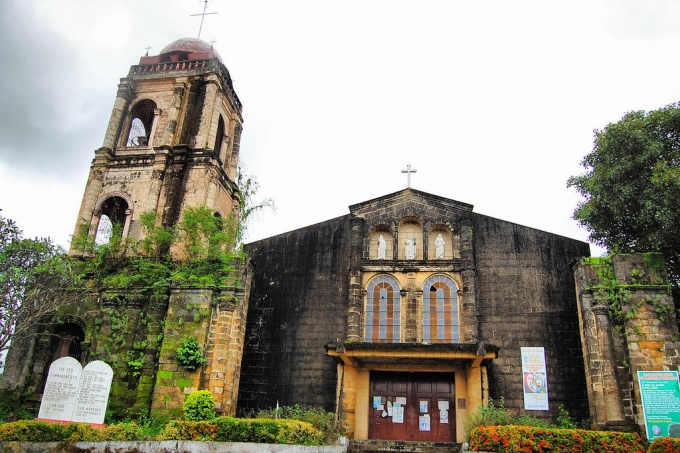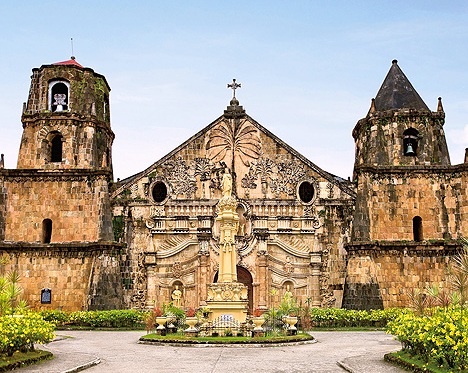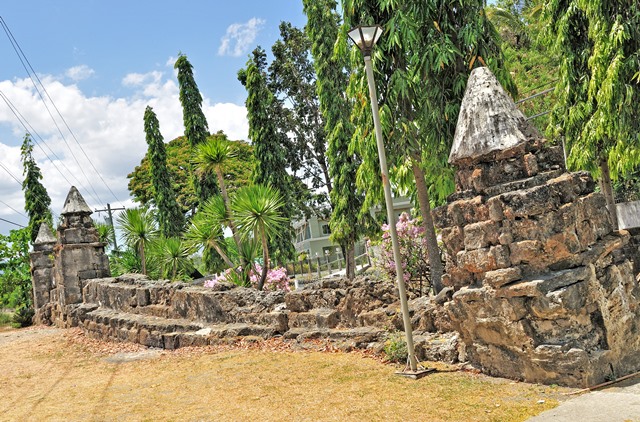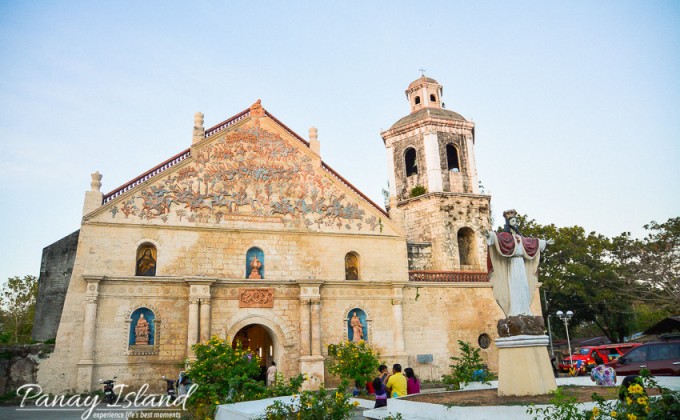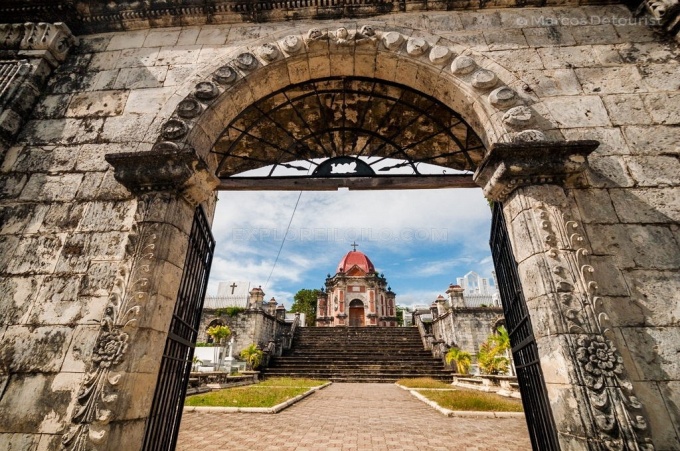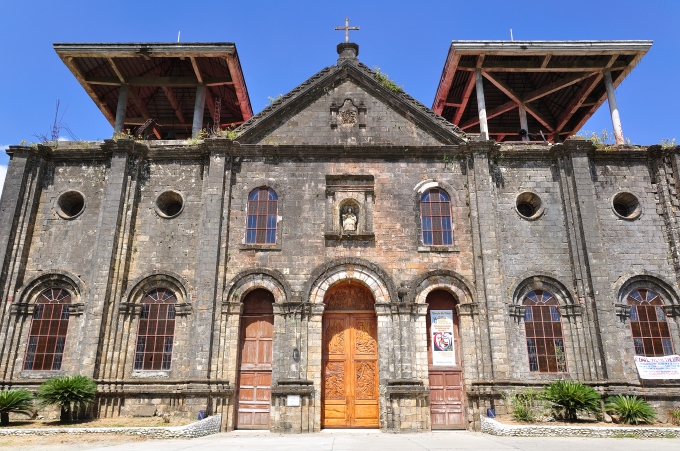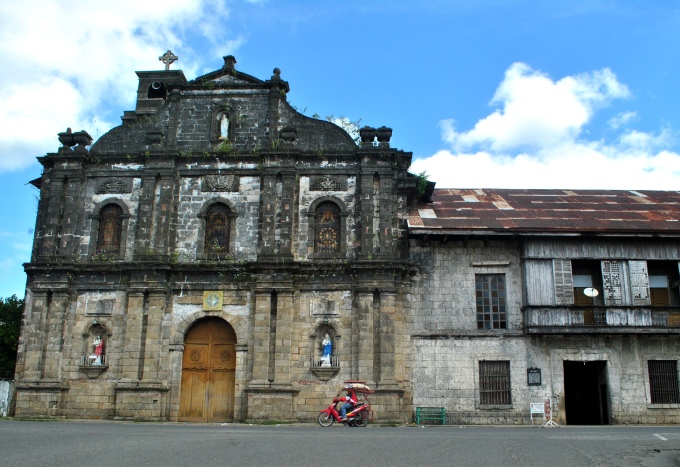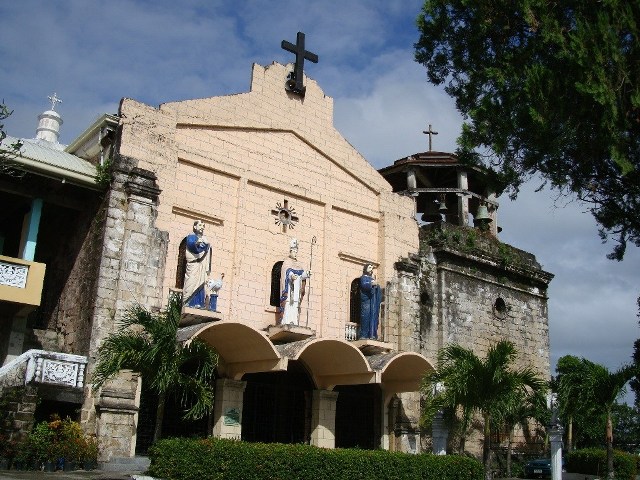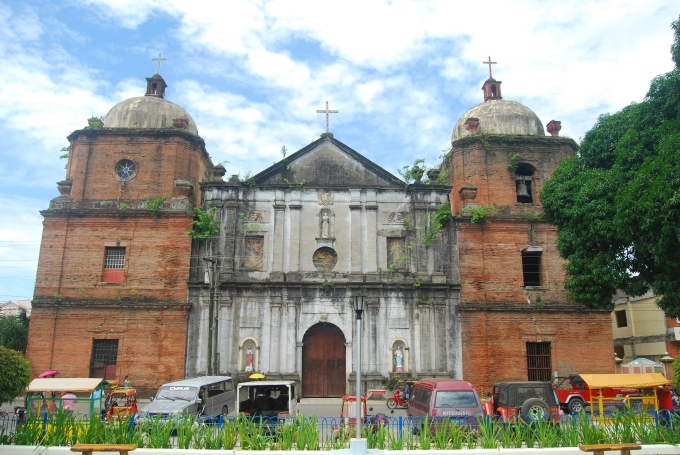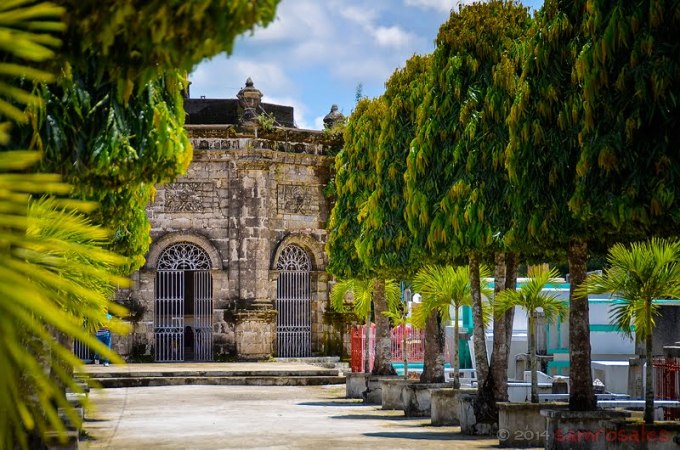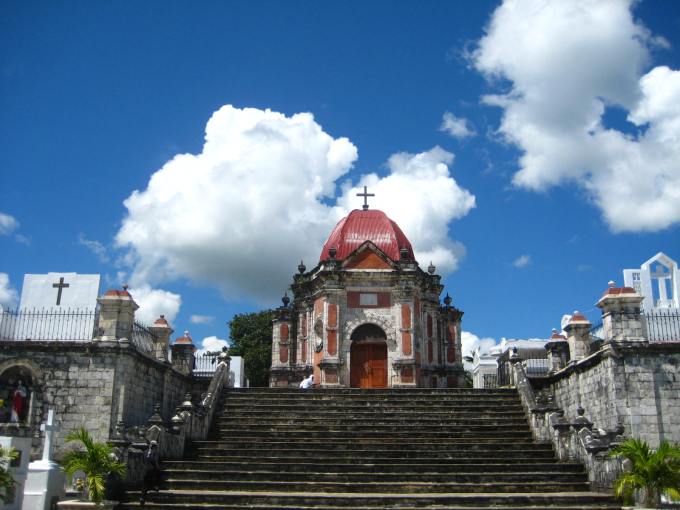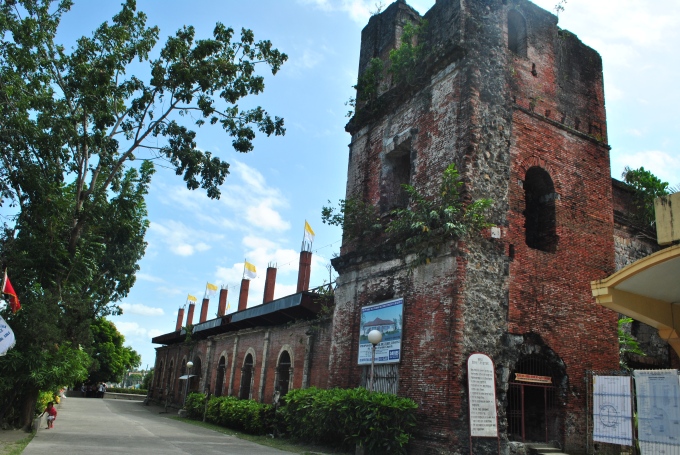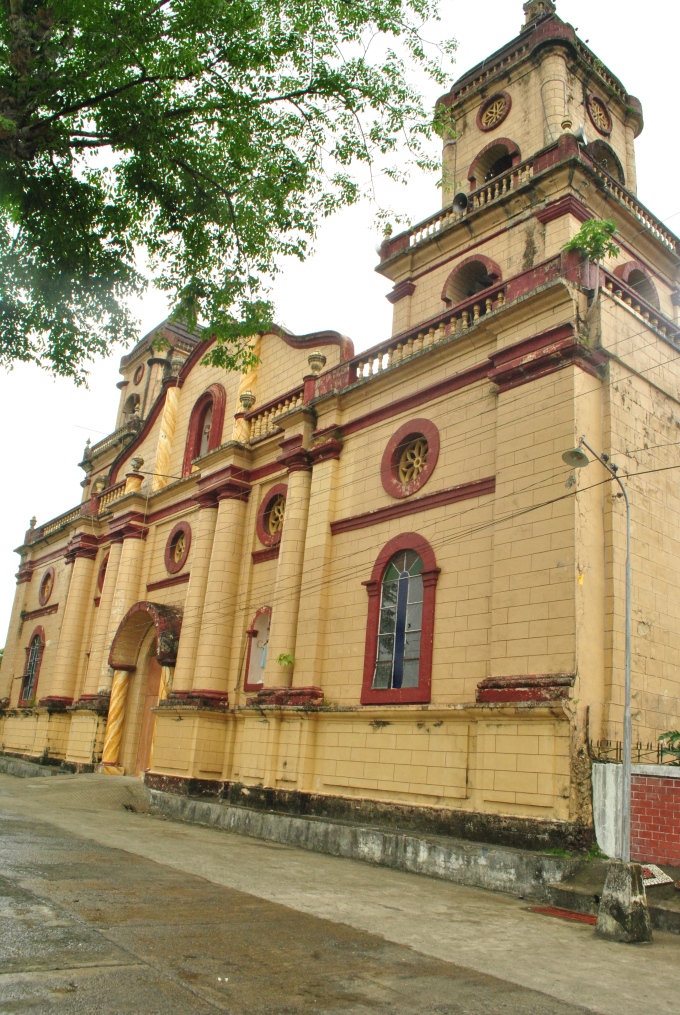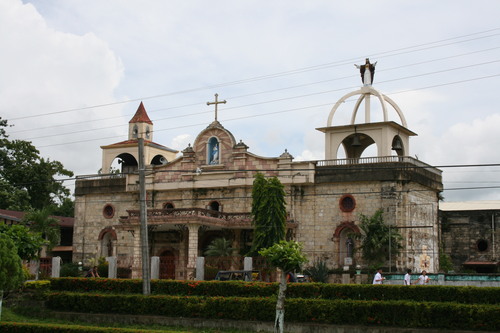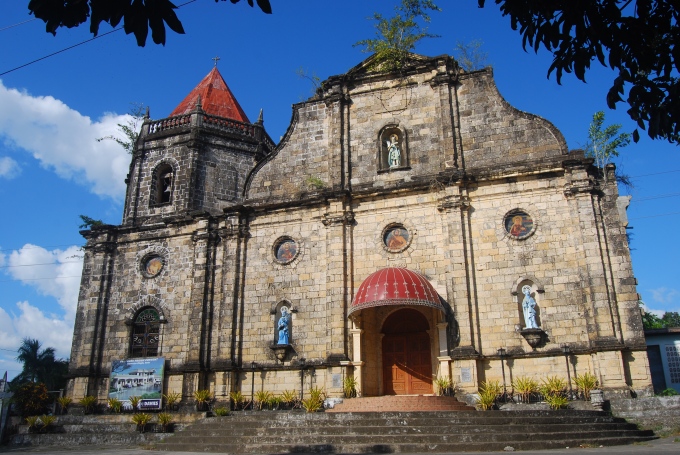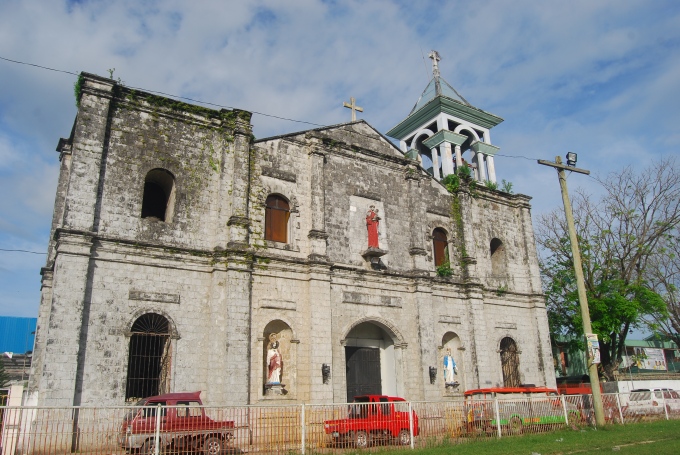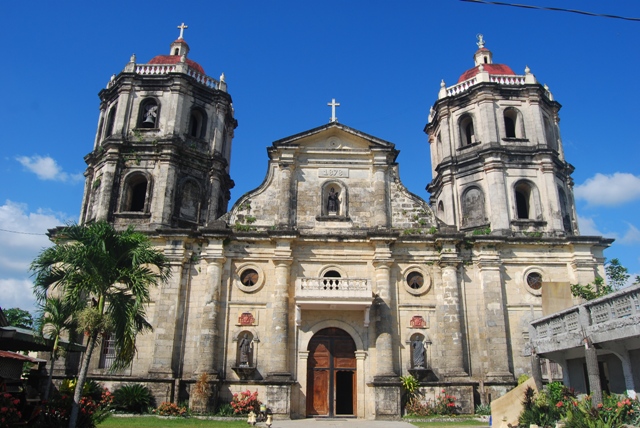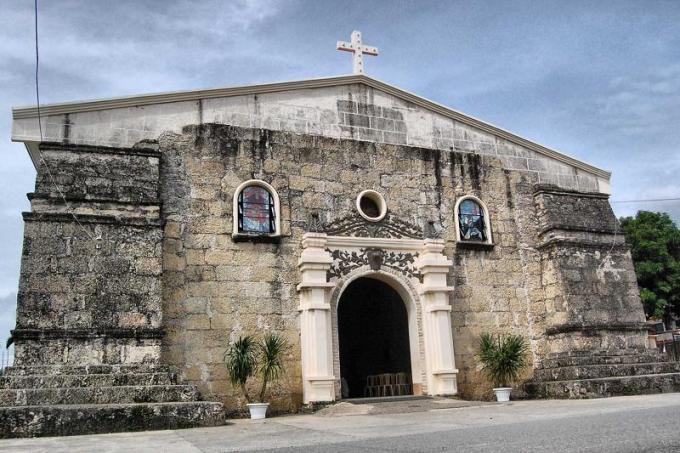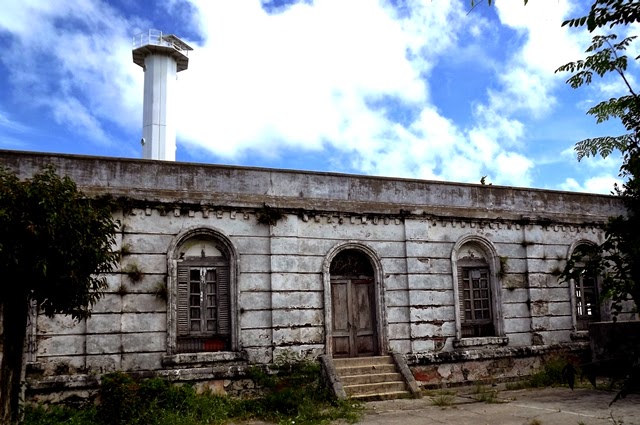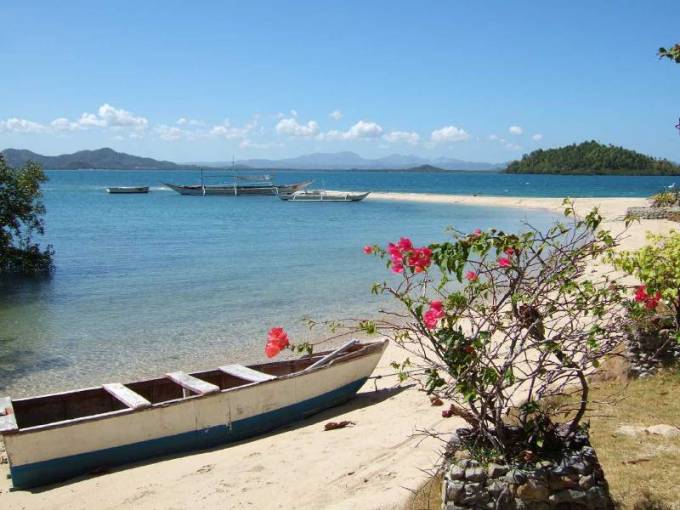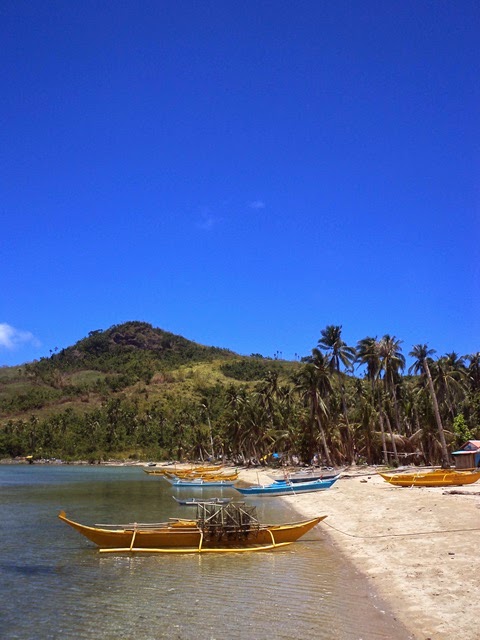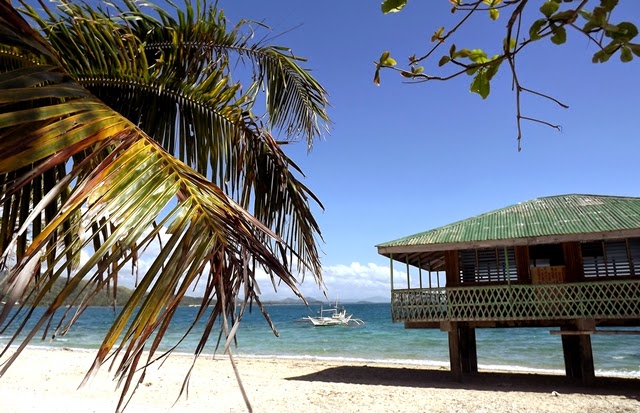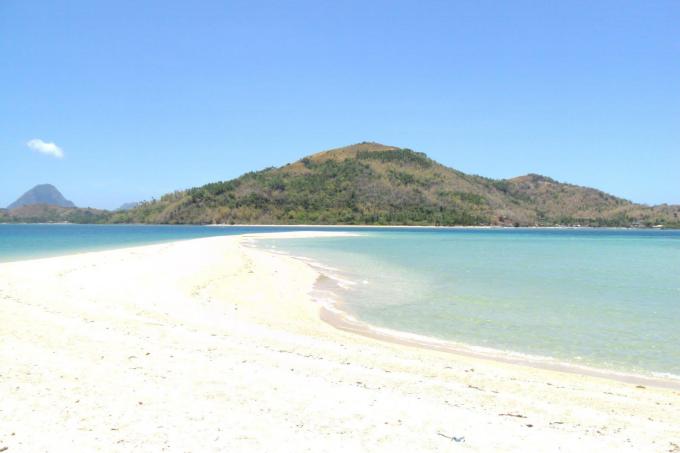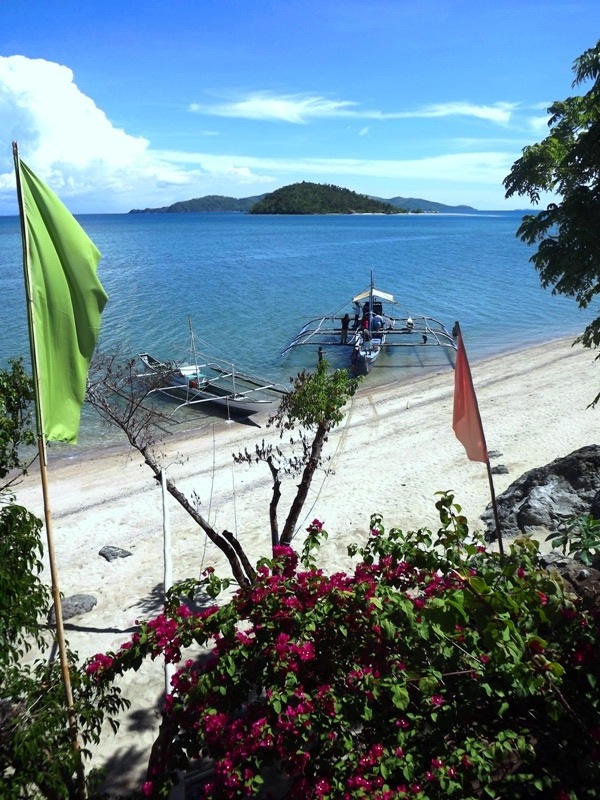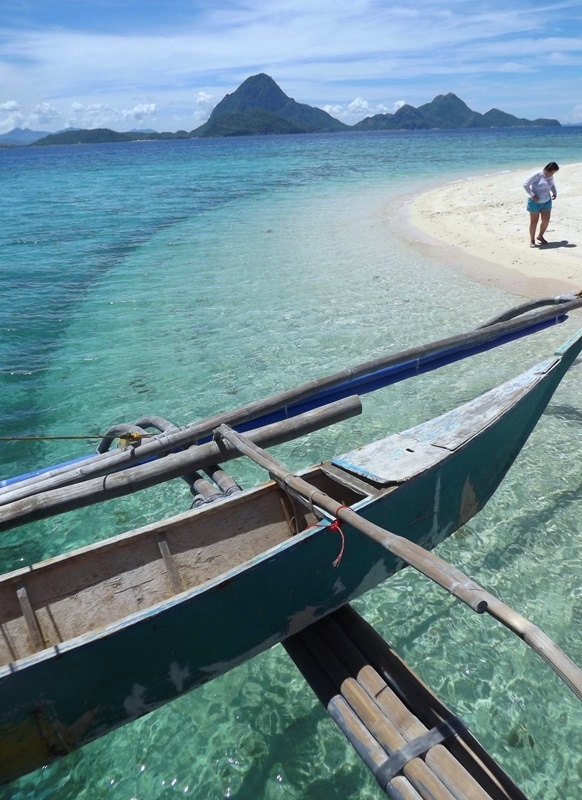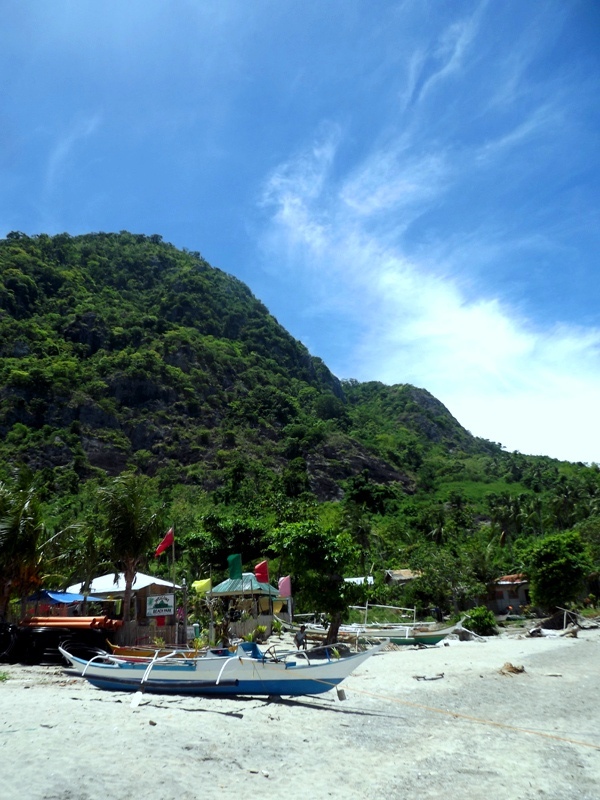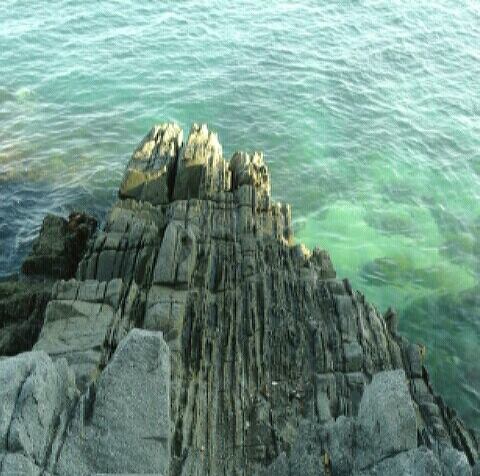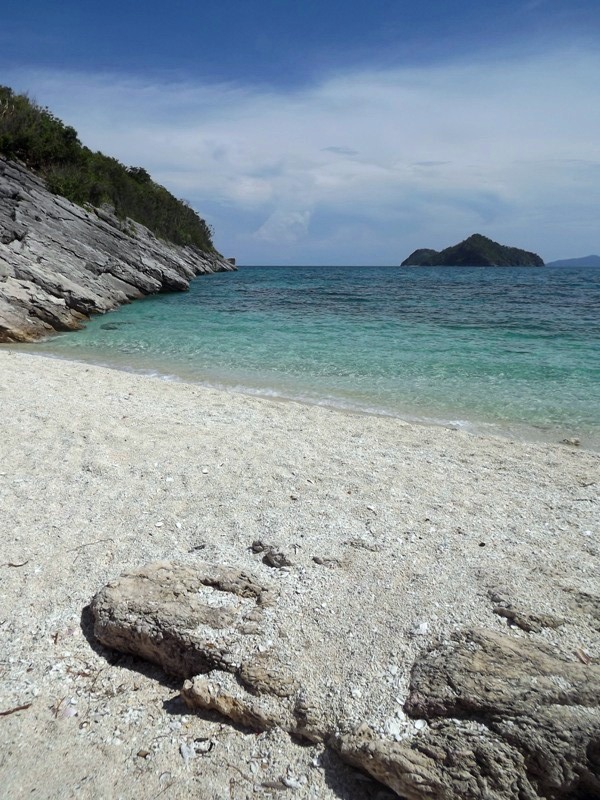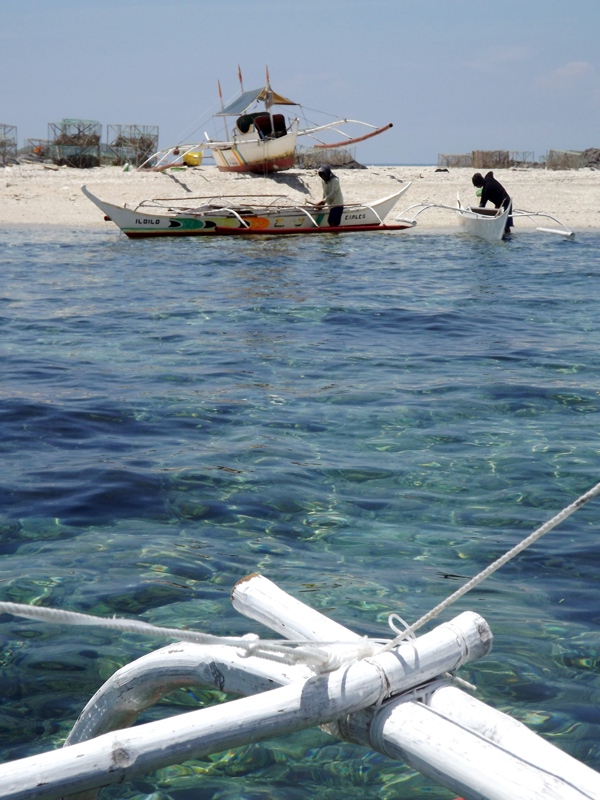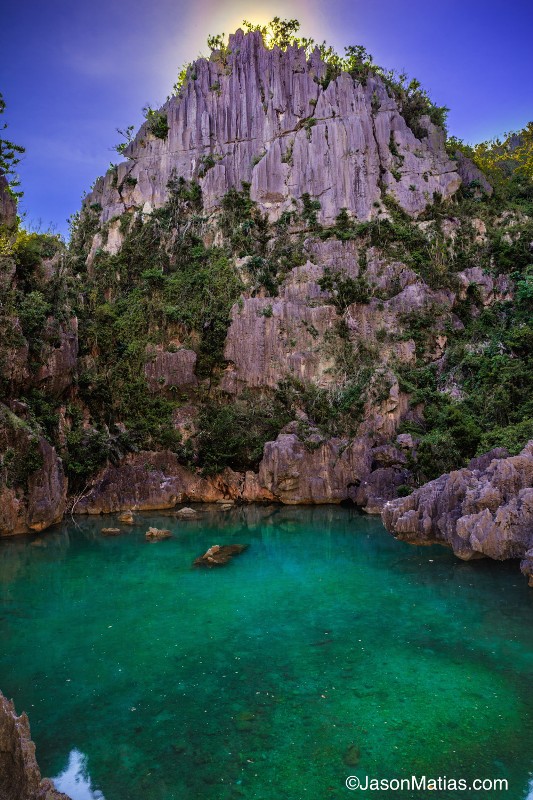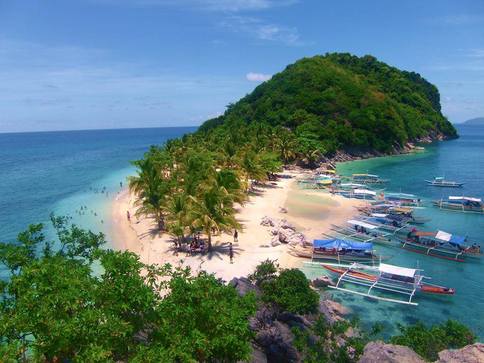Text by Bombette G. Marin, photos by Jason Matias, Bombette G. Marin, Vincent Angelo Gefes and Reynaldo Paguntalan Jr.
Looking for a turquoise ocean and a deserted, white-sand beach?Iloilo has an intense variety and striking beauty of the islands in the north.Pristine palm fringed beaches with clear waters are everywhere in this area. Some are even of high ecological value due to its protected areas, native fauna and rare ecosystems.
With a string of 67 islands, these natural beauties sit on azure waters. From the more popular island beaches of Carles and Concepcion to the lesser known waters in Ajuy, the northern portion of the province has a tropical vibe that few can resist. Most of these island beaches have been unspoiled by pollution and tourism and appeals more to the adventurous tourists, backpackers and nature-lovers.
Hibotkan Rock Sanctuary, Banate is a Marine sanctuary that covers 25 hectares but only 1 hectare is exposed to the sun during low tide. There 16 families of corals are found with 34 species being observed. It is also abundant with tropical fishes. It is found in between the municipal waters of town and Guimaras Strait and is a paradise for tourists who enjoy snorkeling, scuba diving and underwater photography.
MARBUENA BEACH RESORT in Binongan-an Island, Ajuy is a beautiful holiday destination that boasts of its white sand beach and plenty of things to do which include boating, fishing, snorkeling and trekking. Around the resort are religious images where one is constantly reminded of God’s love and protection of man and nature. The beach area has picnic and napping shelters. It is a10-minute motorized boat ride from Barangay Morocoro wharf.
Sitio Salog Gamay in Barangay Punta Buri, Ajuy is an island that is off the main tourist track about 10 kilometers or a 45-minutes motorized boat ride from Barangay Morocoro wharf. With no tourist amenities, however, the island only offer a place where you can hang a hammock and lean back, enjoy the sound of the waves without crowds ruining the peace and quiet. It has a soft, creamy sand beach that is laid back and perfect for relaxing and taking it easy.
Photo by Gerard Villareal
Calabazas Island, SitioNasidman, Ajuyis this town’s popular dive site. Its coral garden isa come on for visitors who would like to go snorkeling. It is home to an 1884 Spanish Lighthouse. The keeper’s house, now in ruins still holds the 45 feet high tower with a focal plane of 100 feet. It is included as one of the 27 Spanish Lighthouses in the Philippines.
Sandbar Island Beach Resort in Barangay Polopińa, SitioBulubadiangan, Concepcionhas increased its popularity and has made all its adjacent island beaches so lively as well. It can be reached within 30 minutes through a motorized boat ride from the municipal wharf. Its white coral sand beach and clear blue waters is perfect for swimming, snorkeling and sunbathing. The most attractive feature of this resort is its sandbar.
Sitio Sanggutan in Barangay Polopińa, Concepcion has a coastline with fringes of coconut trees offering visitors a pleasant atmosphere. Its calm sea is also suitable for swimming and boating. It has an accommodation that appeals to those who love comfort and tranquility amidst pristine nature. It is fronting Sandbar Island Beach Resort. From the municipal wharf, it is a 30 minute motorized boat ride to the island.
Agho Island, Concepcion is a picnic island destination set on a serene surrounding with its dazzling white sandy beach and a sweeping view of the islands of Igbon, Mangalabang and Tambaliza. The alluring emptiness of its white sand beach offers a personal oasis in nature's tropical playground. Relax and listen to the sound of the breeze in the trees and the gentle waves on the beach.
Barangay Taloto-an in Pan de Azucar Island, Concepcion has a laid-back lifestyle from an off the beaten path. Though the island is inhabited and with traces of destruction from the recent typhoon, a considerate portion in the island provides ample opportunity to relax in its natural and secluded beauty. There are no rooms with bathroom facilities, as tourists do not commonly visit the area.
Barangay Tambaliza, Pan de Azucar Island, Concepcionis famous for its landmark, Mt. Manaphag or popularly known as Pan de Azucar. It has budget-conscious accommodation establishments that rest at the foothill of the majestic mountain. Its beach features golden sand, palm trees and shallow water that provide swimming, snorkeling and boating opportunities.
LUMPATAN, Concepcion is mainly made up of granite rocks. The first thing visitors will probably want to do when in the area is to walk to its 300-meter trail that frames almost half of the island. The beach, however, is rocky, with corals and pebbles, but is a place for a gentle swim capped by happy hours of sunbathing. It is a great spot to relax.
MAGALUMBI ISLAND, Barangay Tanao Batadis a privately-owned island with creamy sand complimenting its bluish green waters perfect for swimming and boating activities. It is a 15-minute motorized boat ride from Barangay Banban or a 10-minute motorized boat ride from barangay Binon-an. The island barangays of Concepcion, Estancia and Carles serves as its backdrop.
Antonia Island in Barangay Gabi, Gigantes Sur, Carlesis a privately-owned small island of enormous beauty with the least signs of civilization. This is one of the very few islands in Carles that is nearly uninhabited. It is no wonder a lot of visitors, mostly beach lovers and backpackers find it hard to leave. It has grown into an energetic destination for young travelers looking to sunbathe with a bit more privacy.
SITIO PULUPANDAN, Barangay Gabi, Carles is an idyllic deserted white-sand coral islet lapped by turquoise waters. The place is simply stunning,almost an hour awayby motorized boat from the mainland. The islet serves as a resting area for fishermen in the area. The isletis a perfect place to go snorkeling and diving.
Tangke, Barangay Gabi in Isla de Gigantes Sur, Carlesis a hidden saltwater lagoon formed by a surrounding wall of granite monolithic cliffs. During low tide, the level of water also recedes but also rises when it is high tide. Visitors to the area need to climb on its steep rocky wall that serves as the lagoon’s fortress. However, an easier and shorter climb from where the motorized-boat docks alongside its walls is done only during high tide. The lagoon’s rocky borders offer visitors one-of-a-kind formations.
Cabugao Gamay, Gigantes Norte, Carles is a privately-owned island surrounded by azure waters excellent for swimming and snorkeling activities. It is one of Iloilo’s most popular island-hop spots. After docking at the base of the island, a climb up the rocky hill steps to a breathtaking view of its outlying area and it is well worth the effort. Several other white sand island beaches are seen adjacent to the beach.
These northern island beaches are a far cry away from the crowded resorts of the neighboring provinces in the region. For those who would to stay overnight and experience the serenity of rural life, there are lodging houses in the area. There is enough space and so few visitors that you will probably find a spot just for yourself. If you are lucky enough to make it to any of these northern pearls, you will have an island experience that will surely give you a lifetime of memories.
For more information, please contact the Office of Culture, Arts, History and Tourism of the Iloilo Provincial Government at telefax (033) 3384910.



